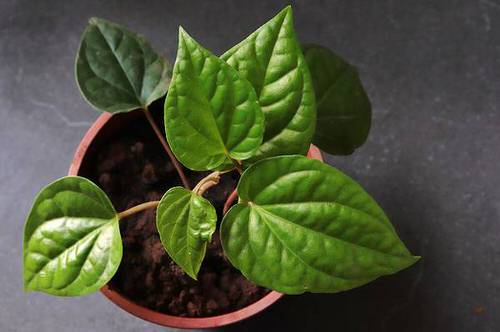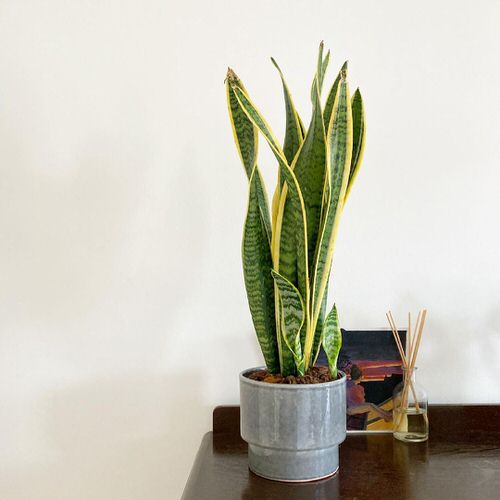Read about the best Indoor Plants that Reduce Radiation (Proven by Science) and minimize the risk of potential health-related problems!
Modern gadgets like mobile phones, WIFI transmitters emit round-the-clock radiation inside homes that can be potentially dangerous for your family’s health in the long run. To curb this down, you can grow these Indoor Plants that Reduce Radiation and minimize exposure to harmful electromagnetic waves.
Here are the best low maintenance houseplants with health benefits
Best Indoor Plants that Reduce Radiation
1. Aloe Vera

Botanical Name: Aloe barbadensis miller
Aloe vera has endless properties that begin from treating skin-related issues to hair problems and many medicinal uses. According to a study by the Radiation Oncology Department, Cancer Institute, Tehran, the plant is also skilled in absorbing radiation.
Have a look at the benefits of growing aloe vera here
2. Spider Plant

Botanical Name: Chlorophytum comosum
Researchers from the Department of Biochemistry at the Graduate Institute of Basic Medical Sciences, in Kolkata, India, found in a study that spider plant absorbs electromagnetic field (EMF) radiation and various harmful gases such as formic acid and aldehyde.
Check out more amazing benefits of spider plants here
3. Asparagus Fern

Botanical Name: Asparagus aethiopicus
A study on the Medicinal Properties of Selected Asparagus Species states that the plant may tend to absorb gamma radiation. This beautiful plant is also excellent in absorbing non-ionizing radiation with its thick mate of roots and green fronds and has a tremendous potential to improve human health over long period of time.
Here are the best types of ferns for containers
4. Betel Leaf Plant

Botanical Name: Piper betel
According to this study at the biochemistry Kolkata department, the betel leaf plant prevents radiation in a concentration-dependent manner. The plant extracts have been proven to preserve the DNA from radiation in some conditions.
Check out our article on growing Betel Leaf Plant here
5. English Ivy

Botanical Name: Hedera helix
According to a study done at the Department of Mechanical, Aerospace and Biomedical Engineering, the University of Tennessee, nanoparticles in English Ivy work effectively in absorbing UV radiation that may cause long-term problems like skin cancer, melanoma, cataracts, and immune suppression.
Have a look at more English ivy benefits here
6. Snake Plant

Botanical Name: Dracaena trifasciata
Not only this is a great plant to purify indoor air, but it is also quite effective in absorbing radiation from Wifi transmitters and other electronic equipment. It is also very easy to grow and maintain, which is an added bonus!


